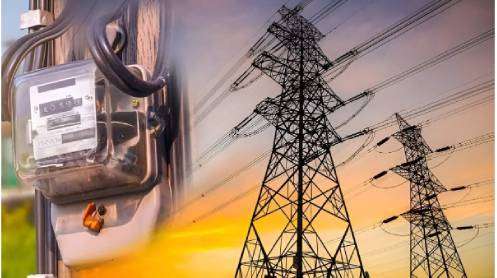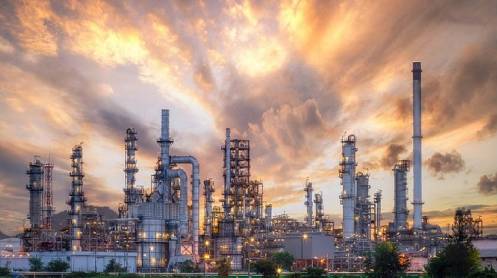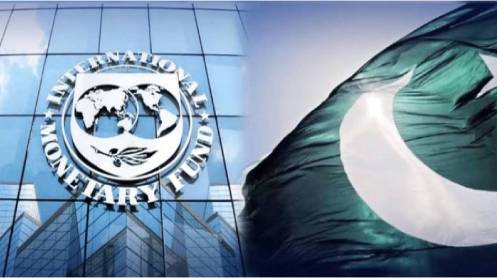ISLAMABAD: Electricity prices in Pakistan are projected to rise by 25% over the next eight years, following a steep 50% increase over the past three years, primarily driven by sharp currency depreciation, according to a forecast by the Power Division.
A working paper shared with stakeholders in late July estimates the average power tariff will reach Rs29.70 per unit by 2034, up from the current Rs24. The document highlights that the rupee’s depreciation triggered inflationary pressures and a tight monetary policy, which in turn fueled higher tariffs.
Between FY2022 and FY2025, average power purchase rates surged nearly 50% from Rs16.77 to Rs24.88 per unit. Capacity charges more than doubled—rising 115% from Rs971 billion to Rs2.1 trillion—even as energy payments declined by 11% from Rs1.43 trillion to Rs1.27 trillion.
The data reveals that power purchase rates jumped by 250% since FY2016, when they were Rs7.17 per unit. This coincides with the induction of mega energy projects, mainly under the China-Pakistan Economic Corridor (CPEC), pushing capacity charges up by 660%—from Rs275 billion to Rs2.1 trillion.
Although the average base tariff remained stable in dollar terms (\$0.12/unit) between FY2023 and FY2025, the rupee’s depreciation pushed the effective base rate up 44%—from Rs25 to Rs35.50 per unit. Capacity charges alone soared by 66%, from Rs11 to Rs18.4 per unit. Fuel costs remained relatively stable due to the commissioning of lower-cost generation assets.
The Power Division emphasized the urgency of delinking capacity charges from exchange rate impacts and increasing reliance on local energy sources to ensure long-term sustainability. It also warned that taxes and duties continue to inflate end-consumer costs.
Despite reforms, average tariffs and capacity charges are expected to keep rising, with capacity charges projected to hit Rs3.14 trillion by FY2034—up 65% from current levels.
The report also confirmed growing deindustrialisation, as high electricity costs render local industry uncompetitive. Industrial consumption dropped from 34 billion kWh in FY2022 to 28 billion kWh in FY2024 due to soaring prices and a shift toward off-grid alternatives.
Technical and commercial losses remain a persistent issue, with ATC losses stagnant at 18.3% in FY2024, only slightly improved from 18.9% in FY2013.
The Power Division expects a slower tariff growth rate of 25–30% over the next decade—compared to a staggering 260% increase in the last 10 years—largely due to an expected rise in clean energy, which is projected to make up 66% of the energy mix by 2034, up from 46% in FY2025.
Story by Khaleeq Kiani







